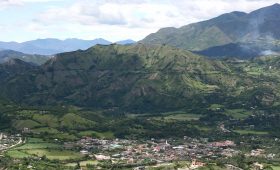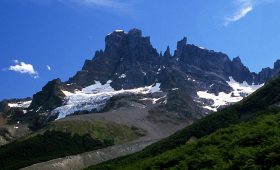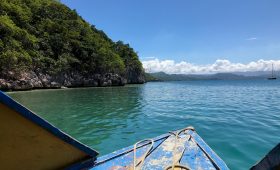Exploring Quisqueya Natural Park
Quisqueya Natural Park, located just 35 kilometers from Port-au-Prince, Haiti, is a small but significant area dedicated to environmental preservation and education. Covering 134 hectares, this park may not rival the vast national parks of Haiti, but it offers a unique blend of natural beauty and cultural history.
A Vision for the Future
Established in 2002, the park was initially met with skepticism. However, over time, the local population of Fonds-Parisien recognized its potential as a valuable environmental and educational resource. Today, it serves as a hub for eco-tourism and environmental education, aiming to inspire sustainable practices and local economic development.
A Tribute to the Taínos
The park’s design pays homage to the Taínos, the island’s original inhabitants before European colonization. It is divided into five sections, each representing one of the five cacicazgos—the administrative divisions of the island before the arrival of Europeans: Magua, Marien, Maguana, Xaragua, and Higuey. This layout not only honors the Taíno legacy but also provides a historical context for visitors.
Activities and Attractions
Quisqueya Natural Park is a multifunctional space, offering protected areas, educational opportunities, and recreational activities. It has hosted various exhibitions and events, accommodating up to 5,000 people. The park is a popular destination for schools, universities, NGOs, and other groups interested in environmental education.
The park’s unique microclimate, influenced by Lake Azuei, supports a diverse range of flora and fauna. Visitors can explore trails that wind through landscapes dotted with cacti and vibrant floral plants, offering a picturesque setting for nature walks. The park’s proximity to Lake Quisqueya provides a refreshing escape on hot days.
Challenges and Opportunities
Despite its beauty, the park faces challenges due to its arid climate, with annual rainfall between 600 and 900 mm. However, this environment supports unique vegetation, including cacti, which remain an untapped resource in Haiti. Promoting the use of these plants could create job opportunities in disadvantaged areas.
Visitors should be prepared for the hot and dry conditions by wearing lightweight clothing and bringing plenty of water. The park’s trails are well-maintained, making it accessible for hikers and nature enthusiasts.
Getting There
Reaching Quisqueya Natural Park is relatively straightforward. It’s advisable to hire a local guide or join a guided tour for a smoother experience and valuable insights. For those who prefer to travel independently, renting a car is an option, but it’s essential to plan the route and check road conditions in advance.
Quisqueya Natural Park offers a unique blend of natural beauty and cultural history, making it a worthwhile destination for those interested in eco-tourism and environmental education. While it may not be as expansive as other parks, its dedication to sustainability and education sets it apart as a valuable resource for both locals and visitors.




